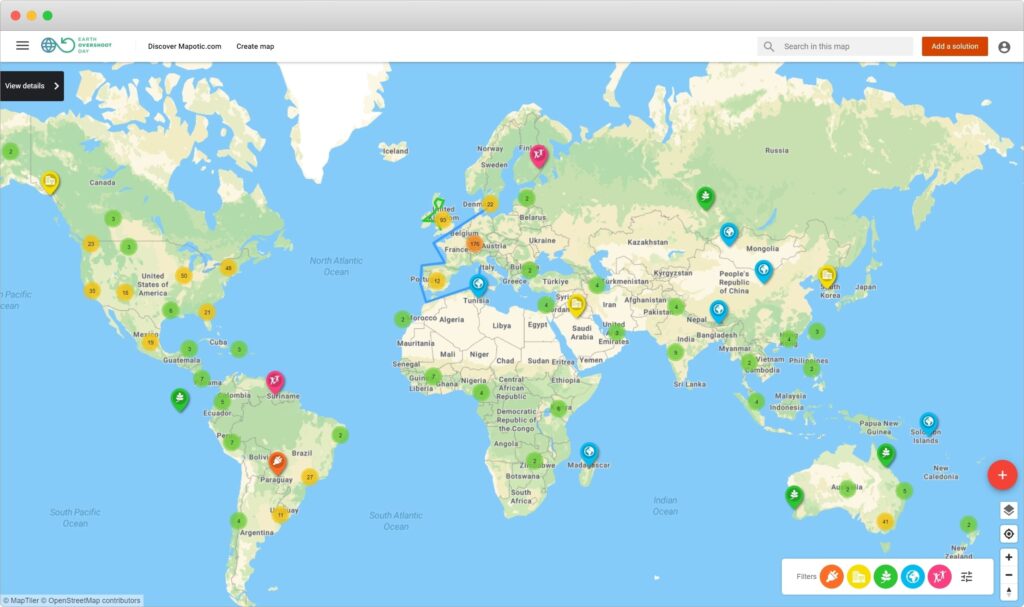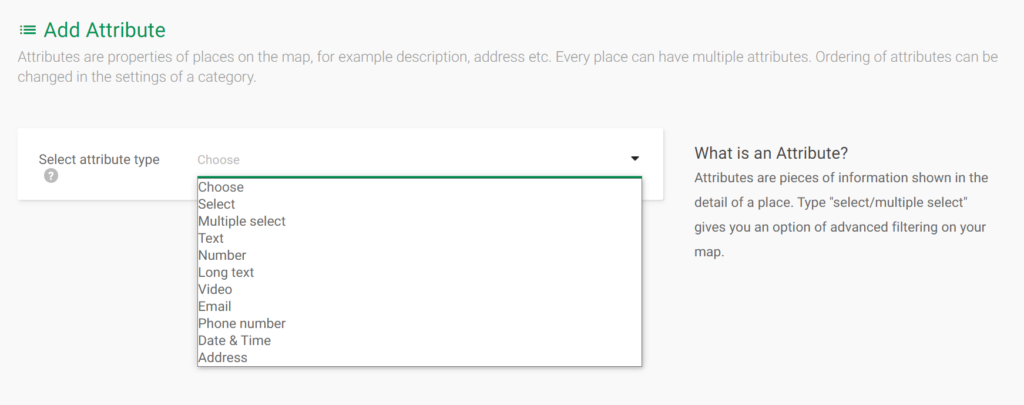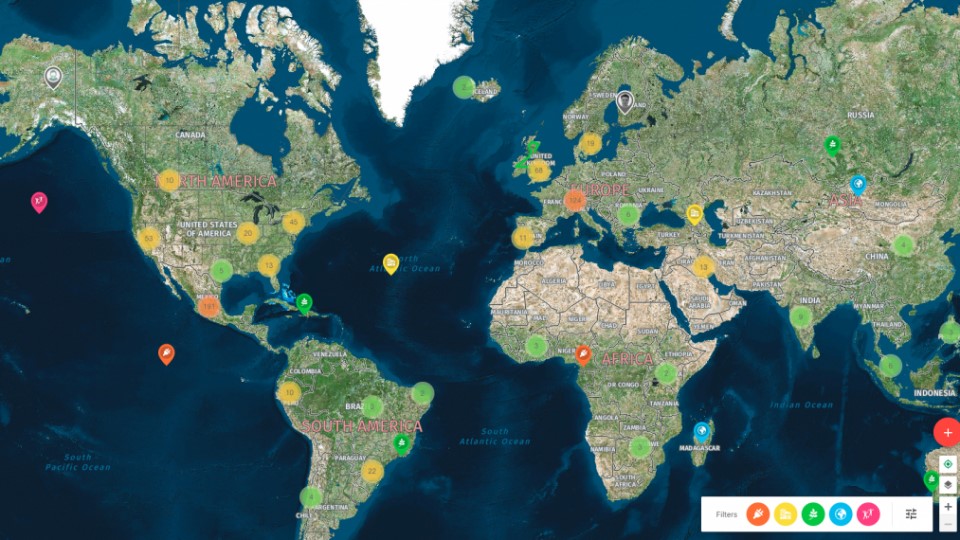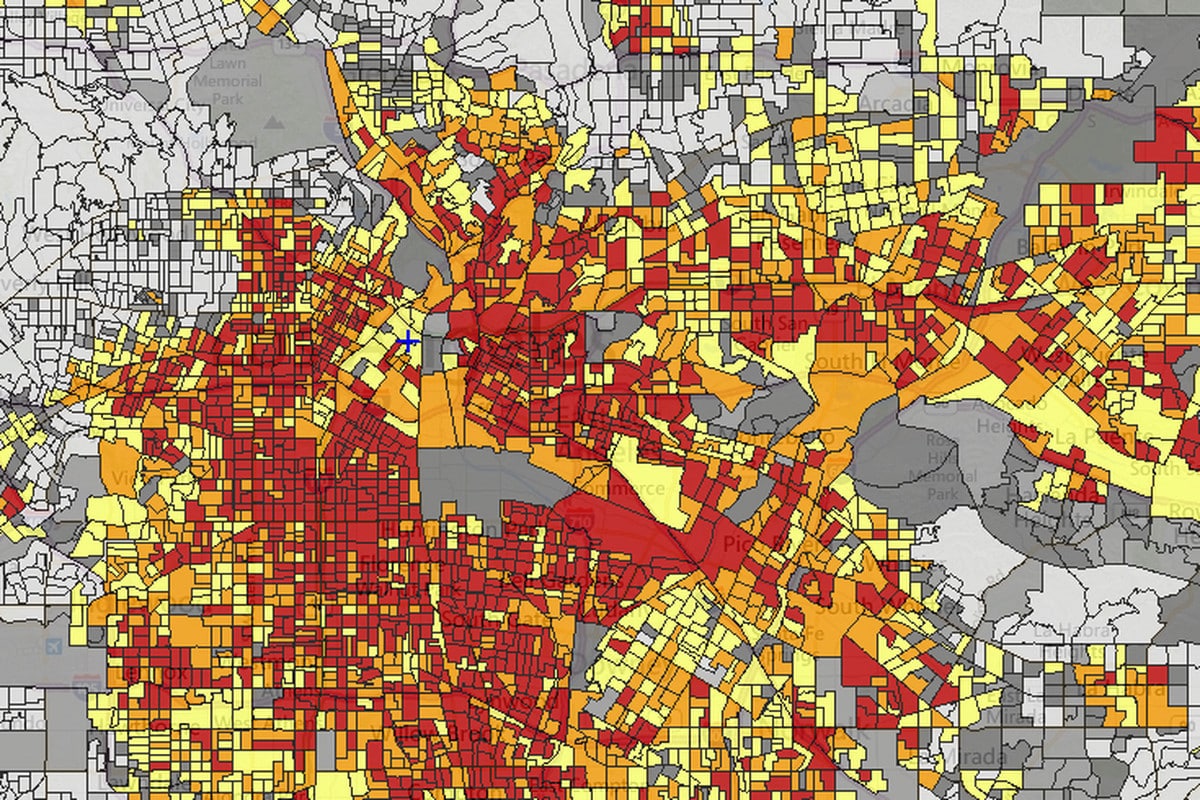There are numerous tools out there to create custom maps, and each custom map builder is suitable for slightly different use cases. We created Mapotic mapping software (which is free with the basic plan) based on the idea and potential of collaborative maps. In addition to community functions, Mapotic offers many advantages such as easy structure creation, filtering, wide variability of map layers and much more. Up next, check out the features of Mapotic and how we used them to help the projects we power grow!
The ideal custom map maker balances functionality and simplicity
Since GIS specialized products were very complex and complicated to use but we needed more than what Google My Maps offered, we created Mapotic, a free mapping tool that developed into a platform that can perform real (simple and complex) wonders. From the idea of developing a tool for creating custom maps with elements of social networks and implementation of crowdsourcing, we evolved into a platform helping brands monetize their geolocation data, engage with their communities and grow.
Below, you can see The Earth Overshoot Day map created by Global Footprint network.

Categories and filters of the thematic maps
If you’re needing more than simply pinning a few spots on a map, keep reading. One of the most common features of a custom map creator that will make your map much easier to navigate is sorting information. In Mapotic, we call it categorization and it’s the highest level classification of the map pins. You can pick a color and an icon for every category you create.
For example, Swimplaces.com uses an embedded website map. Thanks to Swimplaces, you can find hidden spots for a refreshing dip and experience those gems like a local. The whole project works on the principle of the community sharing their favorite swimming locations. Below, you can see how easy it is to use the map filter. Simply click on an icon depending on what you’re in the mood for. Whether it’s thermal pools, dams, quarries or ponds, you can find the perfect spot in seconds.

Organizing location details on your custom map
With every individual location on a Mapotic map comes the possibility of structuring information associated to that specific spot. We added the option to add your own custom fields, which we call attributes. You can combine these however you wish within a category, which gives you incredible flexibility when creating customized maps. Alternatively, you can keep the same attributes for all categories to keep the data simpler for less complex projects.
One of our community projects maps UNESCO heritage sites around the world. You can filter places according to their type (Cultural, Natural, or Mixed) and search for specific locations to make sure you never miss visiting a UNESCO-protected area on your family or business trip.


Having custom fields in the form of attributes is an undoubtedly powerful tool, below are some of the basic data types we offer:
- text, long text
- phone number
- single choice
- multiple choice
- specific fields for email, date & time etc.

To make it easy to differentiate attributes when you create a custom map, you can pick a unique icon for each attribute as well as customize the order of attributes when viewing location details. Most of the attributes offer automatic filters, meaning users can dive into just the particular data they’re interested in at any given moment.

Our map creation tool also allows hidden attributes or those required when crowdsourcing is turned on, etc.
User accounts, collaborative mapping and crowdsourcing
A big advantage that users enjoy is the ability of map creators to further edit all entries. With this, you can create your custom maps with added crowdsourcing, and your users will keep the information up-to-date within the places they created. Another handy feature is pre-approval of the content by administrators before it gets published on the map. Imagine working at a city council, managing a city map, and having people adding places to it. You definitely want to check the entries out before they go live.
Fancy a white label customizable map?
Let’s talk about Mapotic PRO. With Pro, you can create custom maps with your own branding that is completely unassociated with Mapotic. You can also place maps on your own domain with everything custom branded (including notification emails etc.), so it looks like the map was created in-house. For examples, check out the map which details sustainable projects for the Global Footprint Network or the project mapping eco-farms in the Czech Republic.
Adding map layers from multiple providers
Most online mapping projects only support layers from one provider, typically Google maps. On the other hand, Mapotic allows you to work with very different layers of map tiles – from regular maps, to aerial, historical or real estate cadastres in different states or historical map layers.
Embedded map on website
With some projects, you may need to display a customizable map on your website or in an application. When embedding a Mapotic map, you’ll enjoy the option of customizing it via URL parameters. You can zoom in, center your map or embed a map that has its content already filtered to align with the rest of the website messaging. You can also display individual map layers.
Communication via API
Do you need to connect Mapotic to a tool you use? No problem. With API integration, you can download all the map data or update information in the map using third party software. (Like adding actual weather or a weather forecast to your location by connecting to one of the weather app providers.) You can also use various automation services such as Zapier, Make and others with Mapotic. In the example below, you can see a Mapotic map embedded in the website mistoveskole.cz which maps availability in Czech schools as a part of the movement to help Ukrainian refugees.

What if your project had a mobile app?
If you decide to bring your project to the next level with us, we can create a tailor made mobile app that will bring your project closer to your audience. Mobile apps are also great for crowdsourcing projects.
Mapotic powers OCEARCH, one of the largest wildlife tracking projects ever. Below, you can see how filtering works in their custom interactive map – you can filter by species, location, or even name. Wondering what Anthony is up to right now? Go have a look!

We also created a mobile app for OCEARCH that is helping them build a follower base and gain increased donations due to higher engagement. So far, the app has 2 million users and counting!
Investing in mobile app development pays off. Just imagine how much more engaging your maps could be with user accounts, in-app push notifications and space for presentation of your partners and sponsors. (Which is also a great income stream source.)

Create your own custom maps!
With Mapotic, you can launch your custom map project within weeks. We are happy to show you around the app on a free call. Let us know if you’re interested. Or, if you’d rather dive right in, be our guest and start here.












